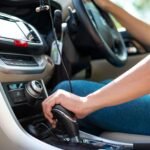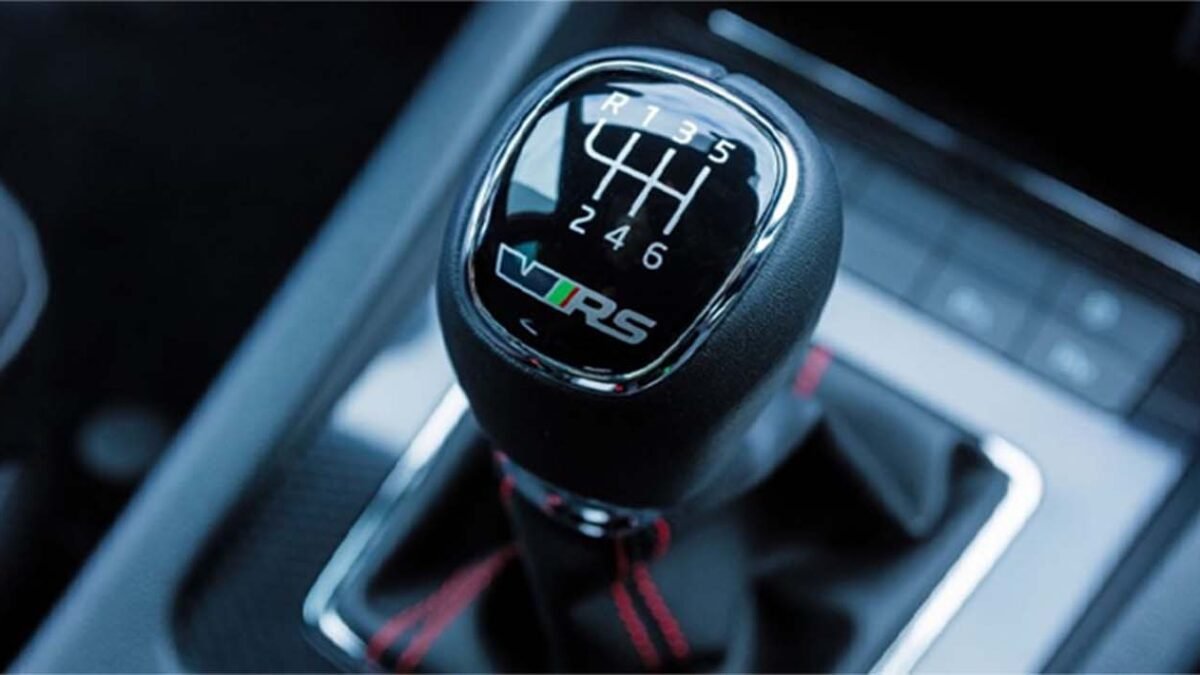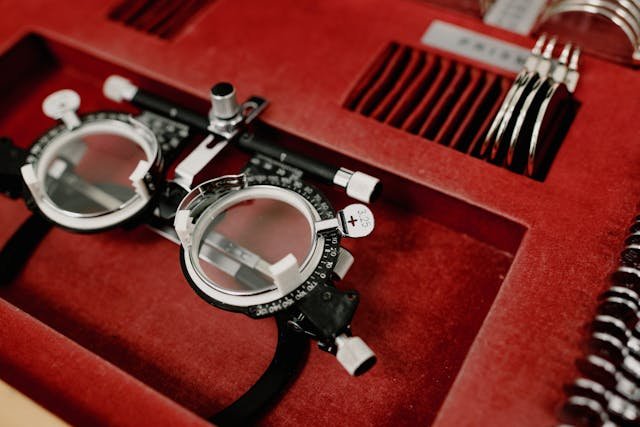
Driving Test Preparation Courses: Your Complete Guide
April 7, 2025
Mastering Manual Driving: Skills, Benefits, and Tips
April 28, 2025Learning to drive a manual transmission vehicle is still a valuable skill. While many new drivers choose automatic cars for ease, manual transmission driving schools offer hands-on training that builds more control and confidence on the road.
Whether you’re preparing for a UK driving test or just want to gain complete driving skills, enrolling in a driving school that teaches manual gear operation can make a real difference.
Why Choose Manual Transmission Driving Lessons?
Many learners still opt for manual cars because of their versatility and control. Learning to drive a manual vehicle offers several benefits:
- Lower Cost of Vehicles: Manual cars are usually cheaper than automatics.
- More Job Opportunities: Some delivery or fleet-driving jobs require manual licenses.
- Better Vehicle Control: This is especially useful in snow, hills, or high-speed situations.
- License Flexibility: You can drive both manual and automatic cars with a manual license.
What to Expect from Driving Schools for Manual Transmission
Driving schools for manual transmission provide hands-on training to help learners master clutch control, gear shifting, and smooth coordination. Expect lessons on starting, stopping, hill starts, and managing to stall. Instructors guide students through real-world driving scenarios to build confidence and road awareness. These schools are ideal for those aiming to drive stick-shift vehicles or preparing for tests requiring manual transmission skills.
Qualified Instructors
Manual transmission driving schools provide DVSA-approved instructors who specialize in teaching essential stick-shift driving techniques. These include gear control, where learners are trained to shift gears smoothly and at the right time; clutch balance, helping students coordinate the clutch and accelerator to avoid stalling; and hill starts, which teach drivers how to move off on inclines without rolling backward. The training focuses on building confidence, smooth coordination, and complete control of the vehicle in real-world conditions.
Structured Lesson Plans
Lessons in manual transmission driving schools are designed to progress comfortably, starting with the basics and building up to more complex maneuvers.
Students first learn how to use the clutch pedal effectively, understanding the “biting point” to prevent stalling. Once clutch control is comfortable, they practice parallel gear changes, learning when and how to shift gears based on speed and engine sound.
The training then moves to stop-starts, especially in traffic or at junctions, helping learners coordinate the clutch and accelerator to move off smoothly. Reversing is also a key skill—students are taught to reverse slowly and safely while maintaining complete control.
Finally, the course includes parking techniques like bay, parallel, and hill parking, all while using manual controls. These lessons prepare students for real-world driving and ensure they’re fully confident in operating a manual vehicle.
Test Preparation
Students receive practical training on actual driving test routes, giving them valuable familiarity with the roads, junctions, and traffic patterns they will likely encounter during the exam. These sessions help reduce anxiety and build confidence by allowing learners to practice key maneuvers—such as hill starts, roundabouts, and parking exercises—in realistic test conditions. Practicing these routes in a manual car also helps students fine-tune their gear control and clutch usage under exam-like pressure.
How to Find the Right Driving School for Manual Transmission
When looking for a school, make sure it meets the following:
| Feature | Why It Matters |
|---|---|
| DVSA-Approved Instructors | Ensures quality and legal compliance |
| Manual Car Availability | Not all schools have manual cars |
| Positive Student Reviews | Indicates past student satisfaction |
| Local Knowledge | Familiarity with nearby test routes |
| Competitive Pricing | Ensures good value |
Manual Transmission vs Automatic: What’s the Difference?
Manual Transmission
- Requires gear shifting by the driver
- It involves using a clutch pedal
- Offers better fuel economy (in some models)
- More engaging to drive
Automatic Transmission
- Gear shifts happen automatically
- Easier to learn for new drivers
- Generally preferred in urban settings
Cost of Manual Driving Lessons
Prices vary depending on the area and school, but here’s a rough idea:
| Package Type | Average Cost (UK) |
|---|---|
| 1-Hour Lesson | £30–£40 |
| 10-Lesson Package | £280–£370 |
| Test Day Package | £100–£150 |
Always compare different packages and ask about special discounts.
Tips for Manual Driving Learners
Learning to drive a manual car can be challenging at first, but it becomes second nature with consistent practice. Start by mastering clutch control and finding the biting point to avoid stalling. Practice smooth gear changes and always listen to the engine to know when to shift. Stay calm during hill starts, and use the handbrake if needed. Most importantly, don’t rush—take your time, stay focused, and build your skills gradually.
Start with Short Lessons
Begin with 1-hour lessons and extend as you build confidence.
Practice Clutch Control
Smooth clutch release is key to avoiding stalling.
Ask for Feedback
Your instructor’s feedback is crucial for improvement.
Drive Regularly
The more you practice, the better you’ll become.
Conclusion
Learning through driving schools for manual transmission can be rewarding. It gives you the confidence to drive any car and strengthens your overall driving abilities. With structured lessons, experienced instructors, and hands-on practice, you’ll be well-prepared for your driving test and future driving needs.
FAQs
Can I drive an automatic car with a manual license?
A manual license allows you to drive both manual and automatic cars.
Are manual lessons more difficult than automatic?
They can be at first due to gear control, but many learners pick it up quickly with practice.
How many lessons must I pass in a manual car?
On average, learners need 40–50 hours, which varies per individual.
Is it cheaper to learn in a manual car?
Yes, both lessons and the cars themselves are often cheaper.
Can I switch to an automatic instructor later?
Yes, but you will then need to take your test automatically if that’s the case.
Do all driving schools offer manual lessons?
No, some only offer automatic, so always check first.
What should I bring to my first lesson?
Bring your provisional license and wear comfortable shoes.
Is passing the manual test harder?
It may be slightly more challenging, but many pass on their first or second try with good practice.




